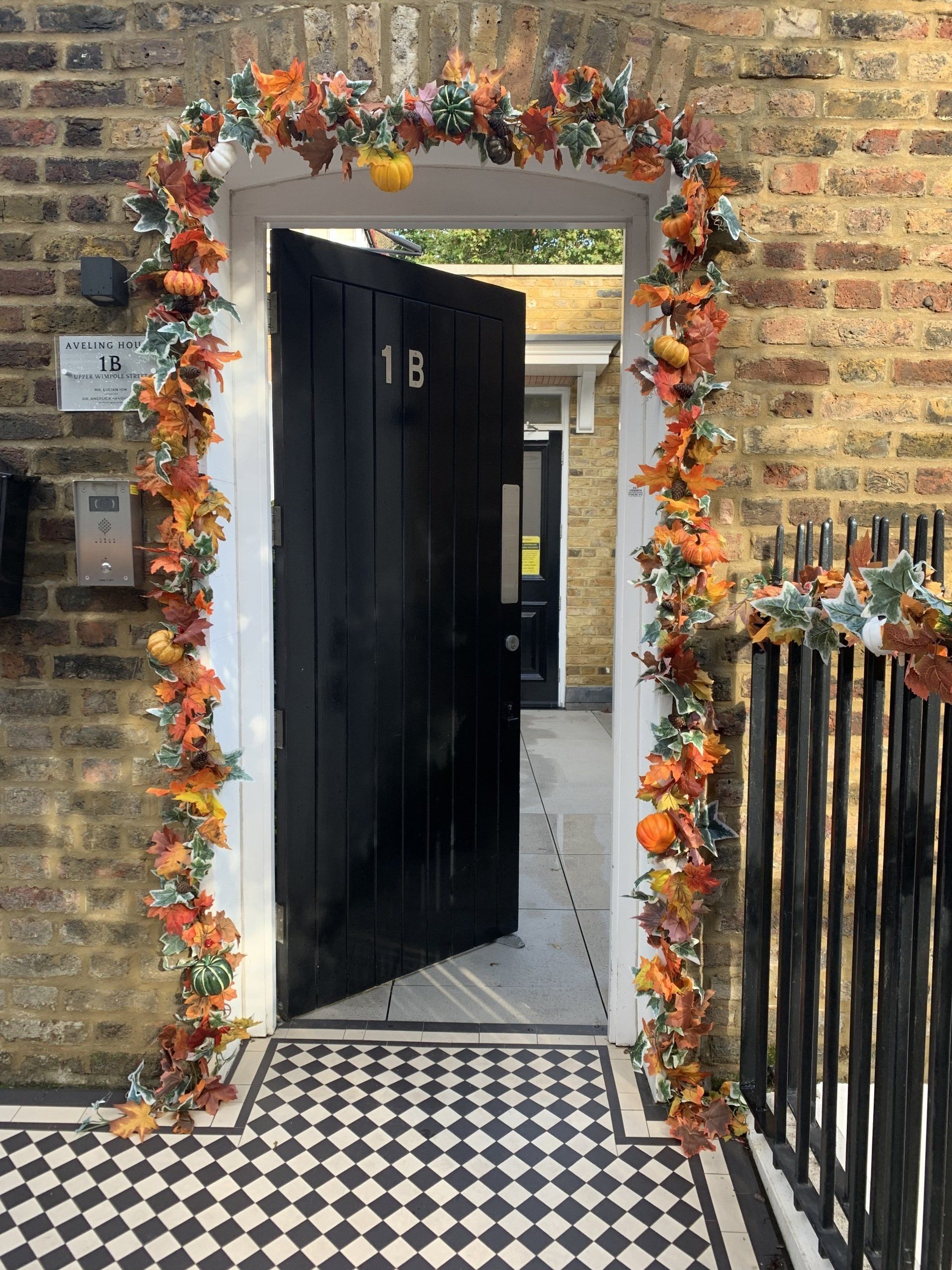UK plastic surgery statistics 2012: brows up, breasts down
 The latest data from BAAPS makes interesting reading. My practice has definitely seen an increase in facelift surgery, but I seldom advise patients to undergo brow lifts, as I personally feel the procedure can change characteristic features too much.
The latest data from BAAPS makes interesting reading. My practice has definitely seen an increase in facelift surgery, but I seldom advise patients to undergo brow lifts, as I personally feel the procedure can change characteristic features too much.
Why have the number of facelifts increased? I think in the main, it can be attributed to modern, less invasive techniques – women are now seeking surgical intervention earlier rather than later. The short scar facelift is great for women in their 40’s, who see early signs of ageing and want to stop it in its tracks. With scars discreetly hidden behind and inside the ear, no-one is the wiser (not even the most nosey hairdresser!). This procedure smooths the jawline, boosts the cheeks volume and tightens the upper neck. Faces are left fresh and rejuvenated.
Also, plastic surgery is becoming more mainstream with less stigma and this, coupled with the fact that we have more disposable income in the UK, it also seems more affordable.
Why do I rarely perform brow lifts? Again, modern techniques have seen brow lifts become less severe, and, if performed with an endoscope, the scars are minimal and hairline is protected. In spite of this I do believe brow lifts can leave the eyebrows unnaturally high and some patients can look rather ‘startled’. A surgical upper eyelift with clever botox administration can ‘lift’ the brow in a more natural way.
In men, I think brow lifts are not indicated, as they tend to feminise male features too much. Genetically, the male face has a much heavier brow line and, in my opinion, to lift this is an error of judgement.

